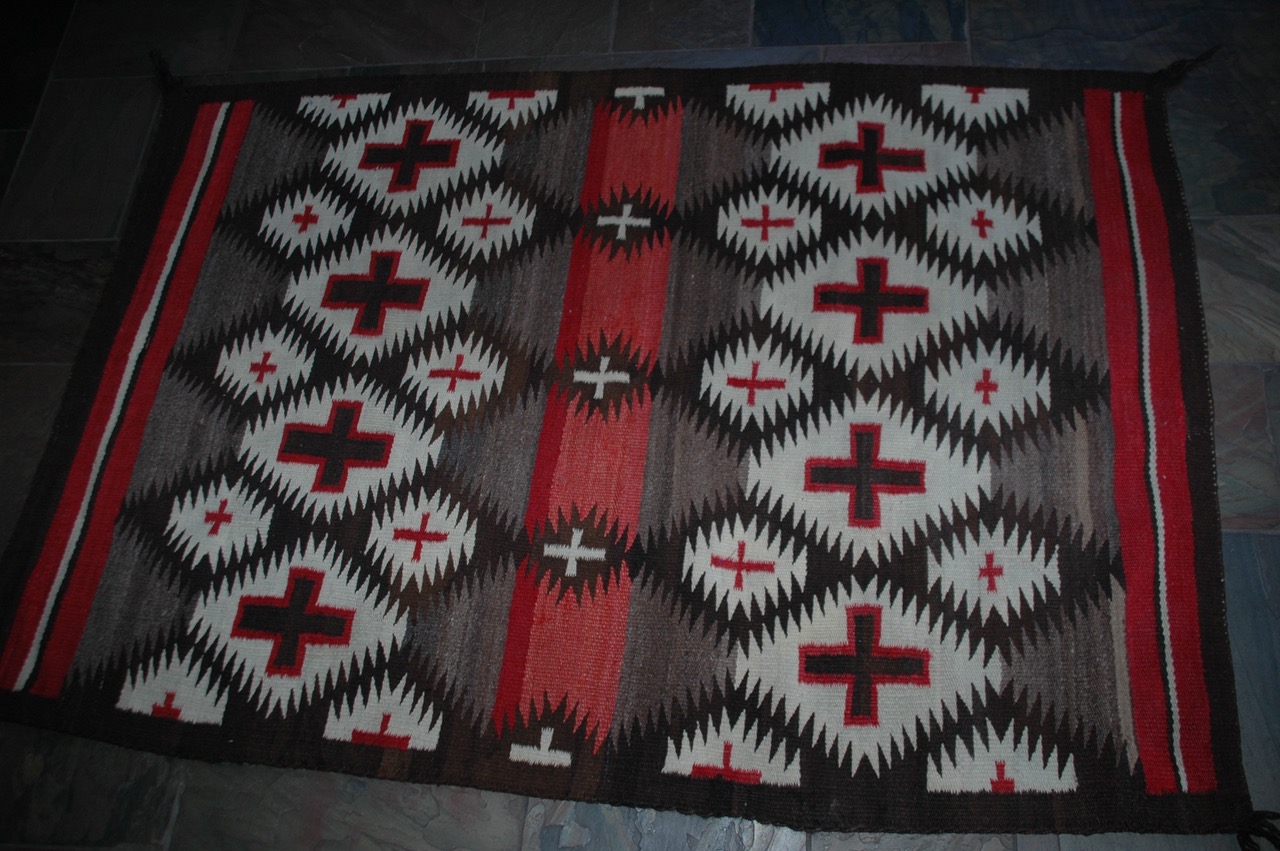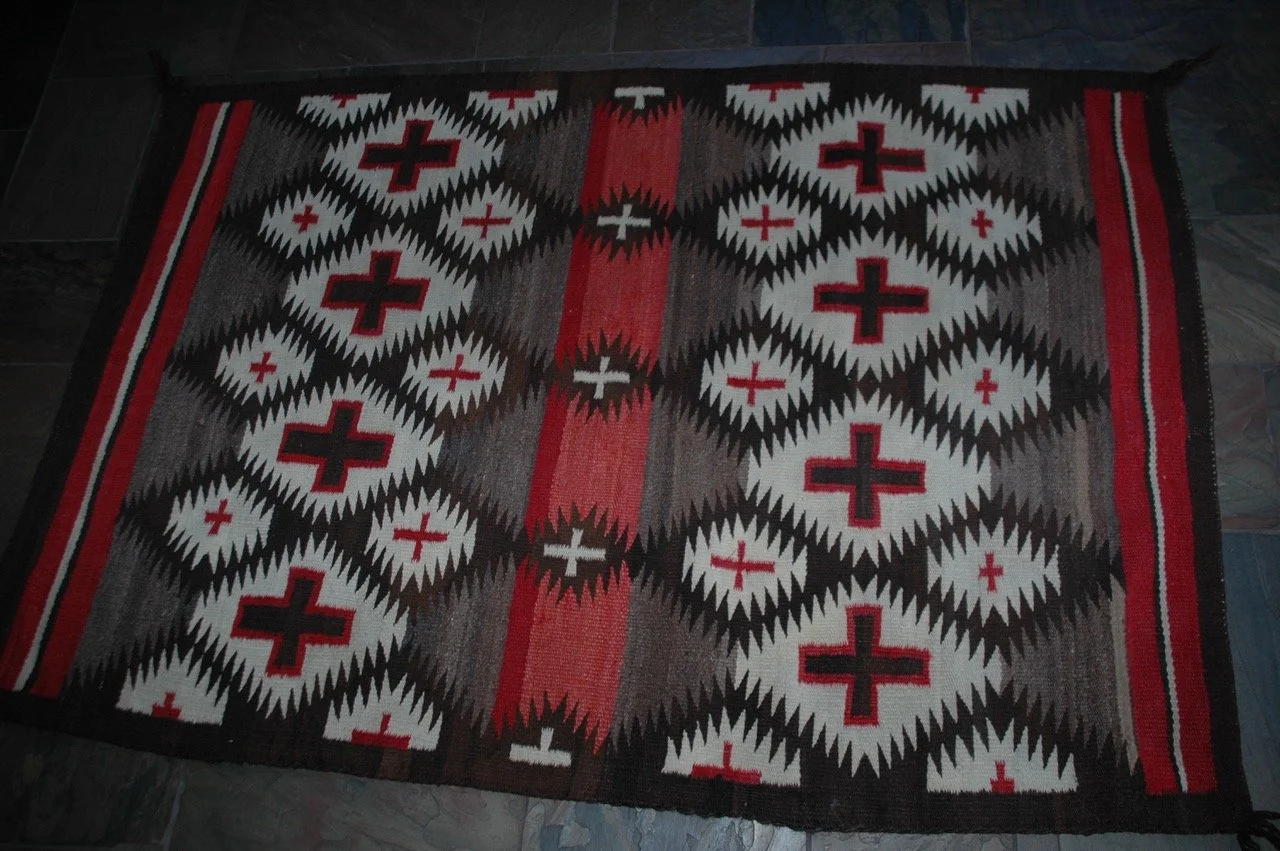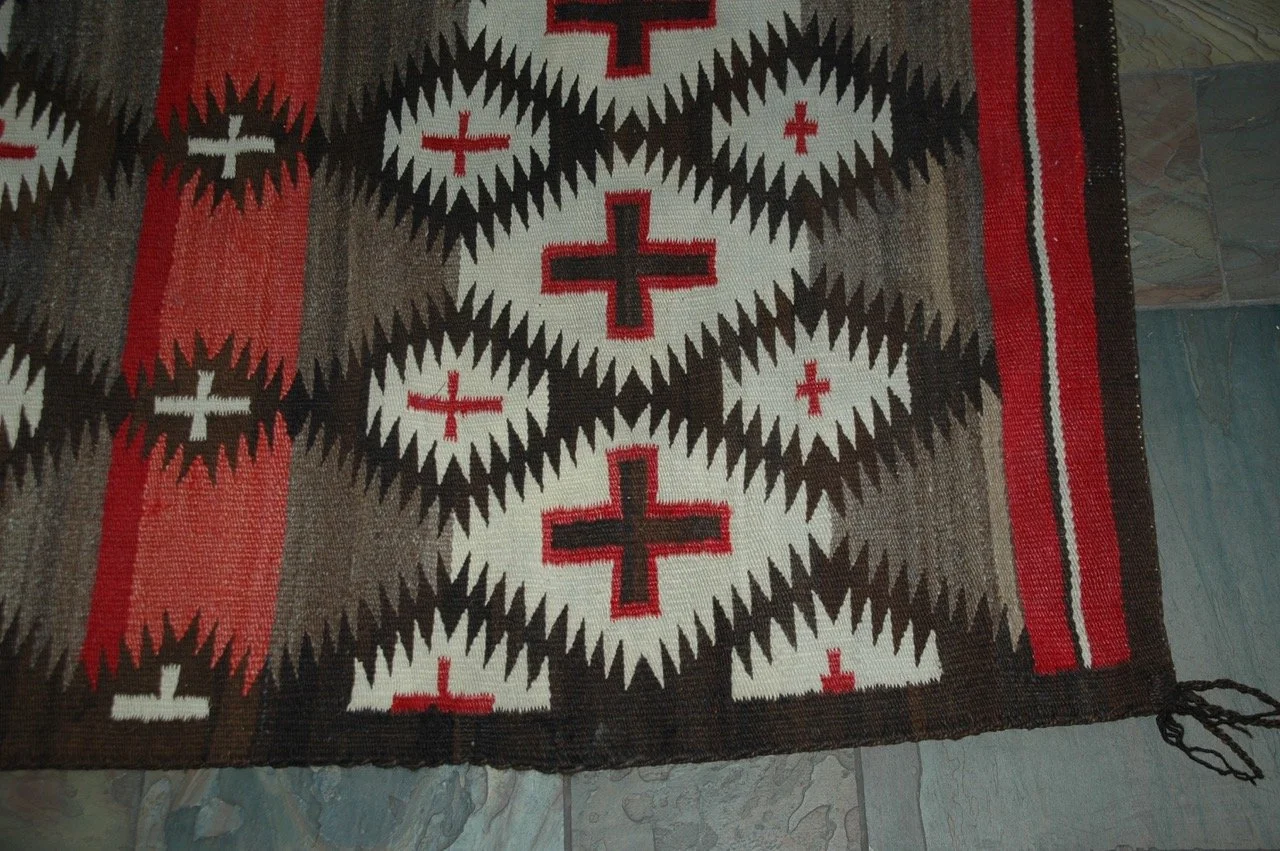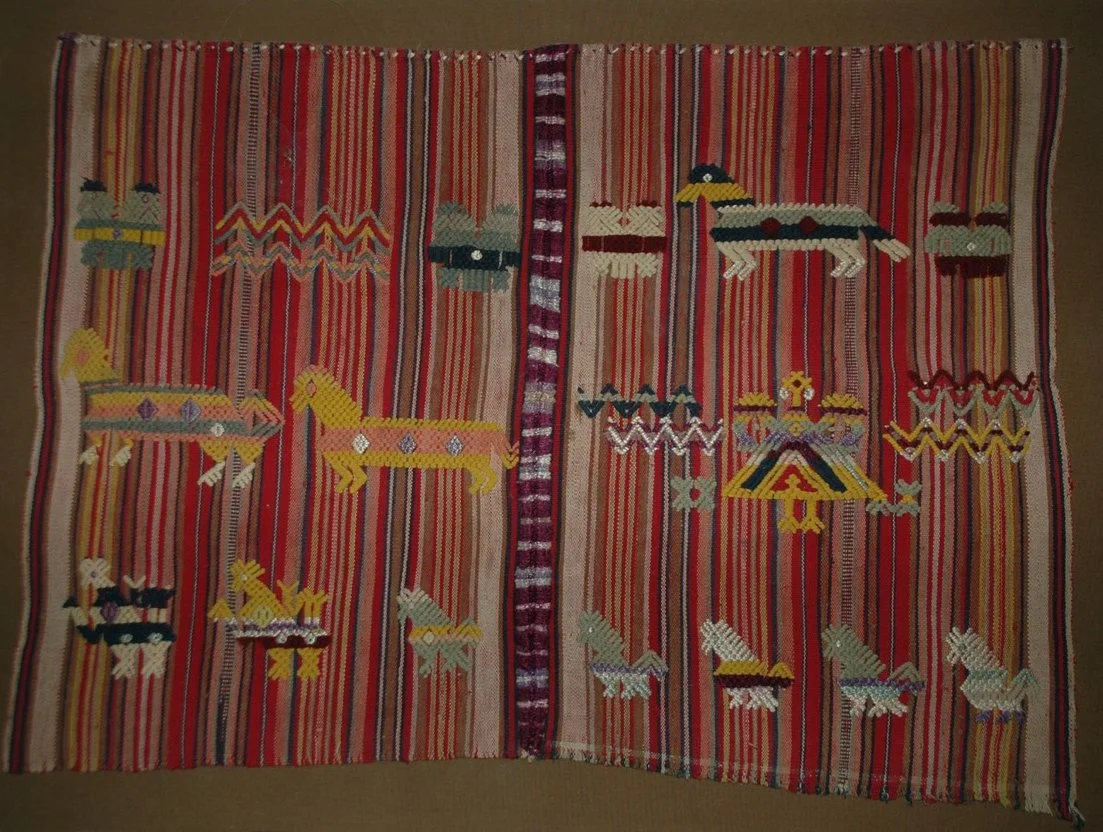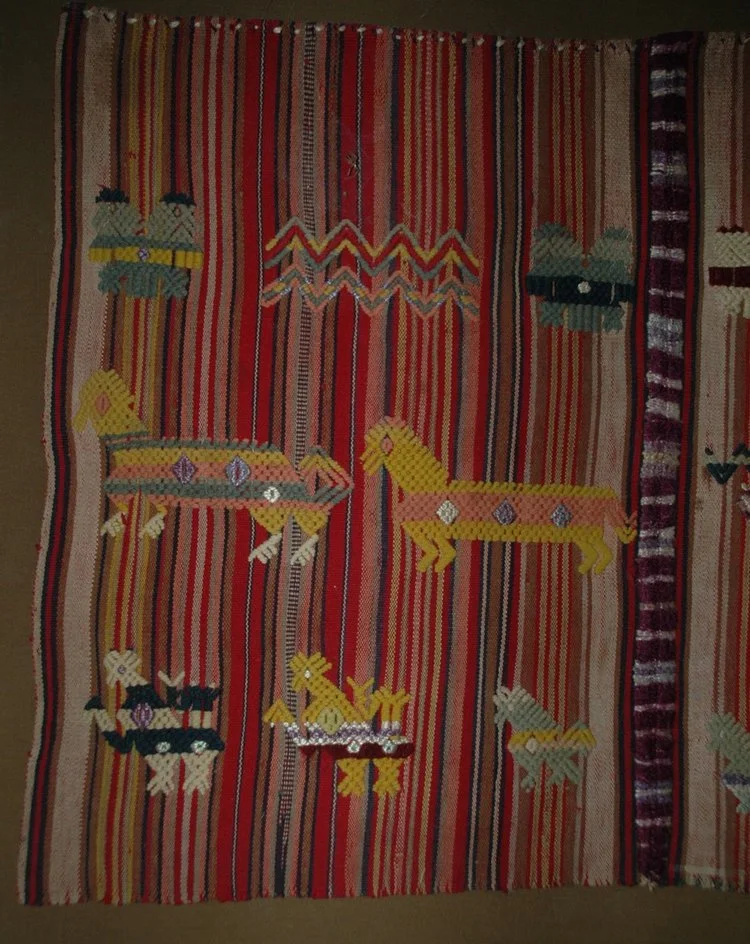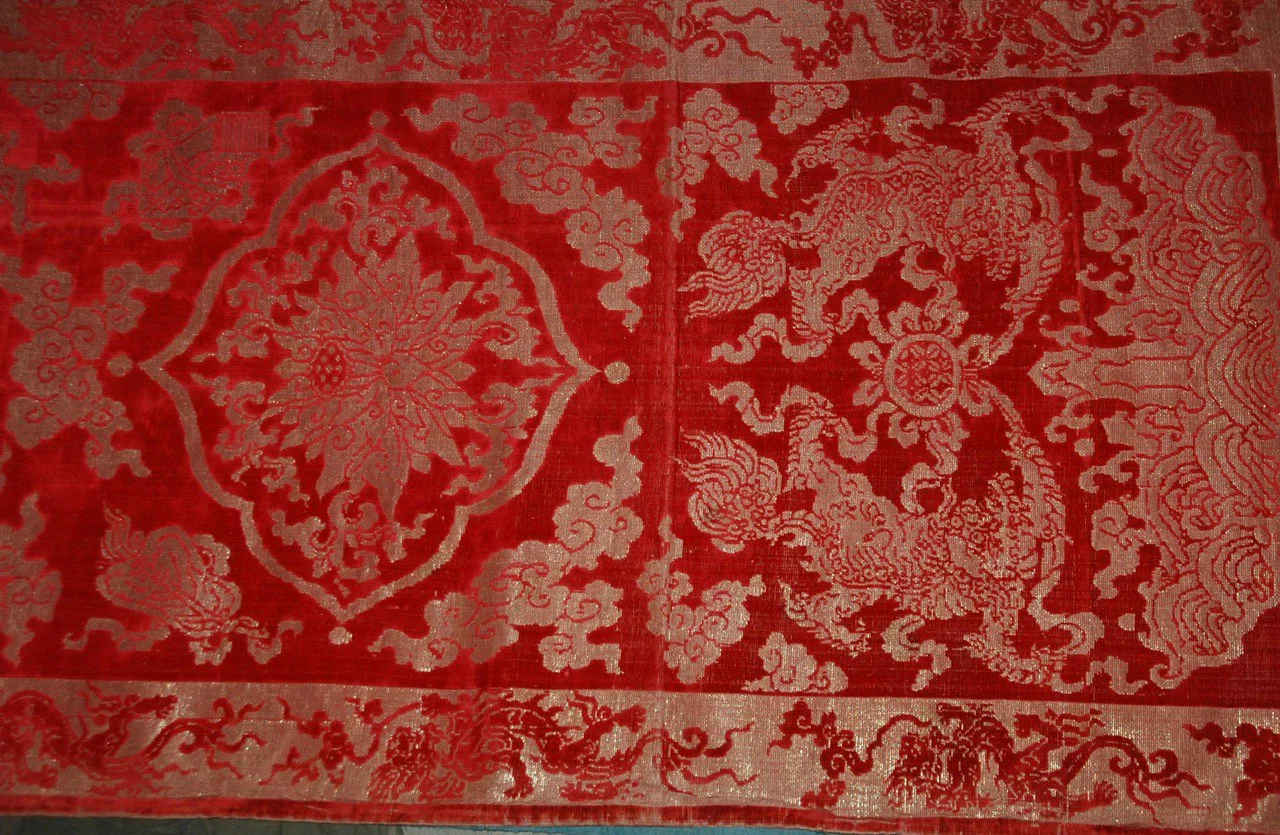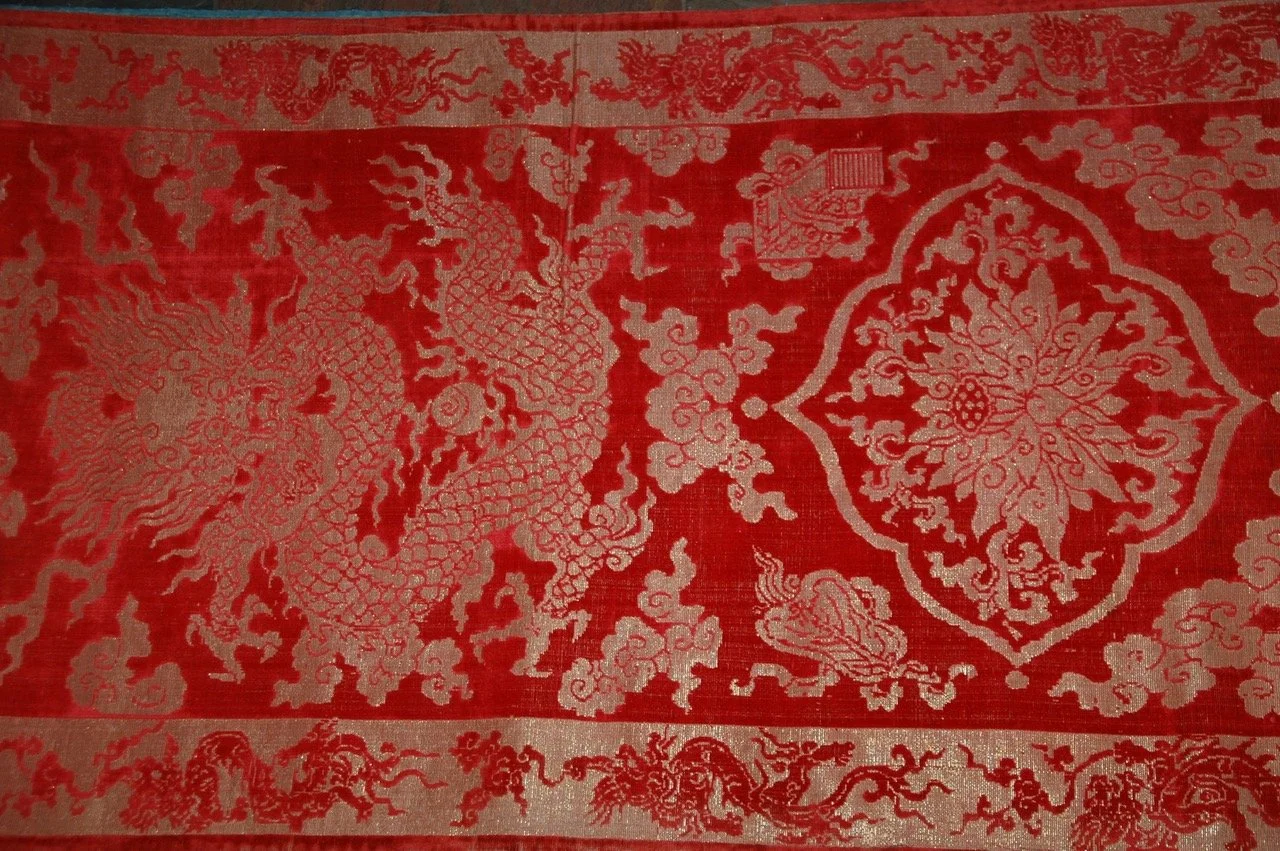Textiles
Textiles have a long and complex history in the Americas. In north america most of the native textile production is confined to the Southwest. The earliest textiles were made from plant fibers, bark, feathers, human and animal hair.
Around A.O. 700 to 1000, cotton was being grown, spun and woven in the southwest. With the coming of the Spanish in the 16th and 17th centuries, sheep and their wool were introduced to the Pueblo and Navajo tribes. Traditionally, amongst the Pueblo people, the men did the spinning and weaving; however, in Navajo culture this was done by women.
Possibly as early as the 18th century, but certainly by the 19th, the Navajo were weaving beautiful blankets, which were highly sought after by other Native American tribes, as well as, Spanish and Anglo consumers. Beginning in the late 19th century, Navajo blankets were being replaced by commercial blankets. In order ensure the weaving tradition did not die out, Indian traders living on the reservation encouraged the Navajo to weave rugs, a craft which continues to this day.
During the 1970s, I studied and worked in Mexico and Guatemala. Though my main focus was PreColumbian art and archaeology, I also studied and collected Native costumes and textiles. In 1977, I studied and catalogued the Native textile collection at the Museo Regional X Convento Santo Domingo in Oaxaca, Mexico. I still buy and sell Mexican and Guatemalan textiles. I also deal in 18th and 19th century Chinese textiles, especially Imperial robes. I have been collecting them for 45 years.
